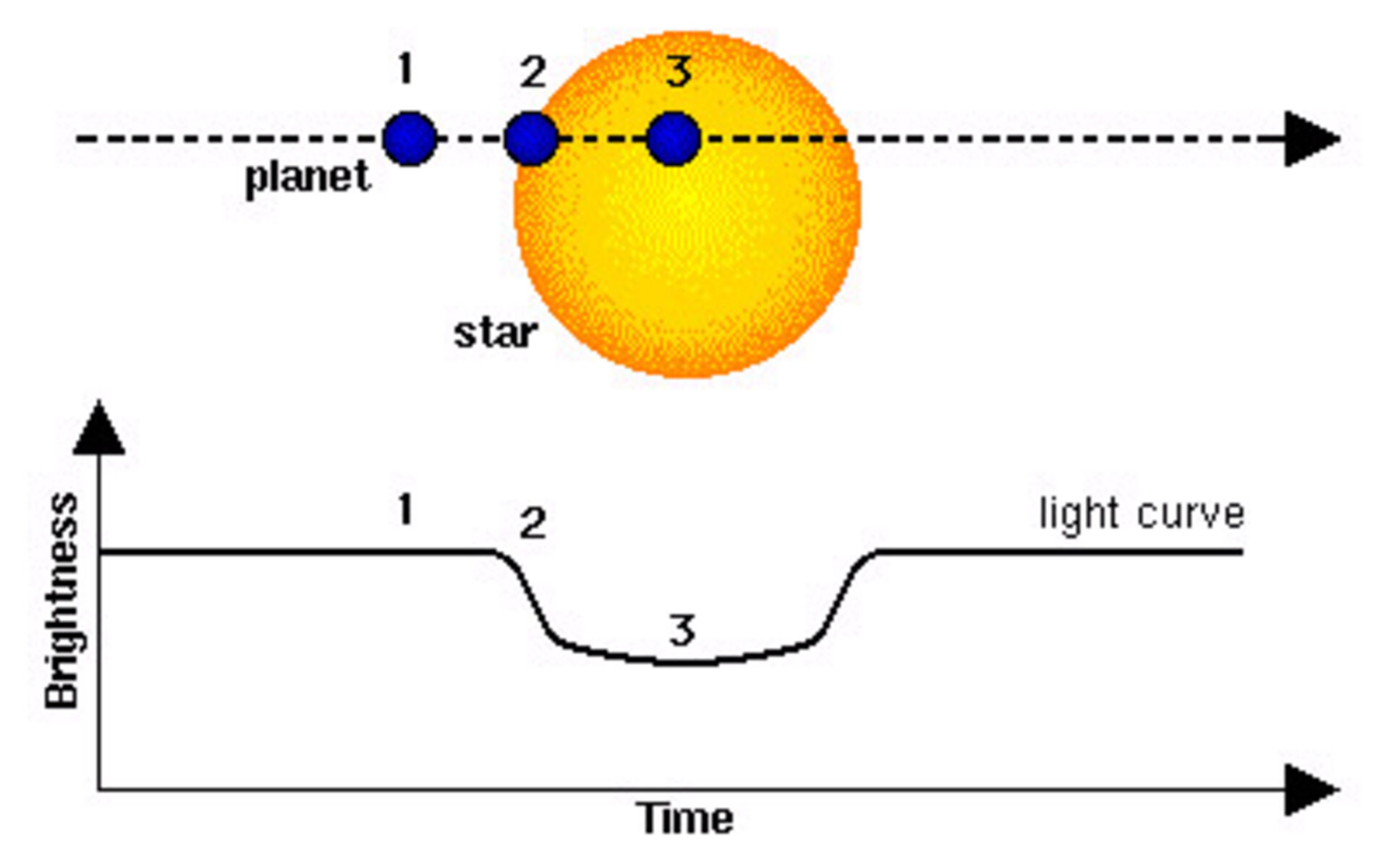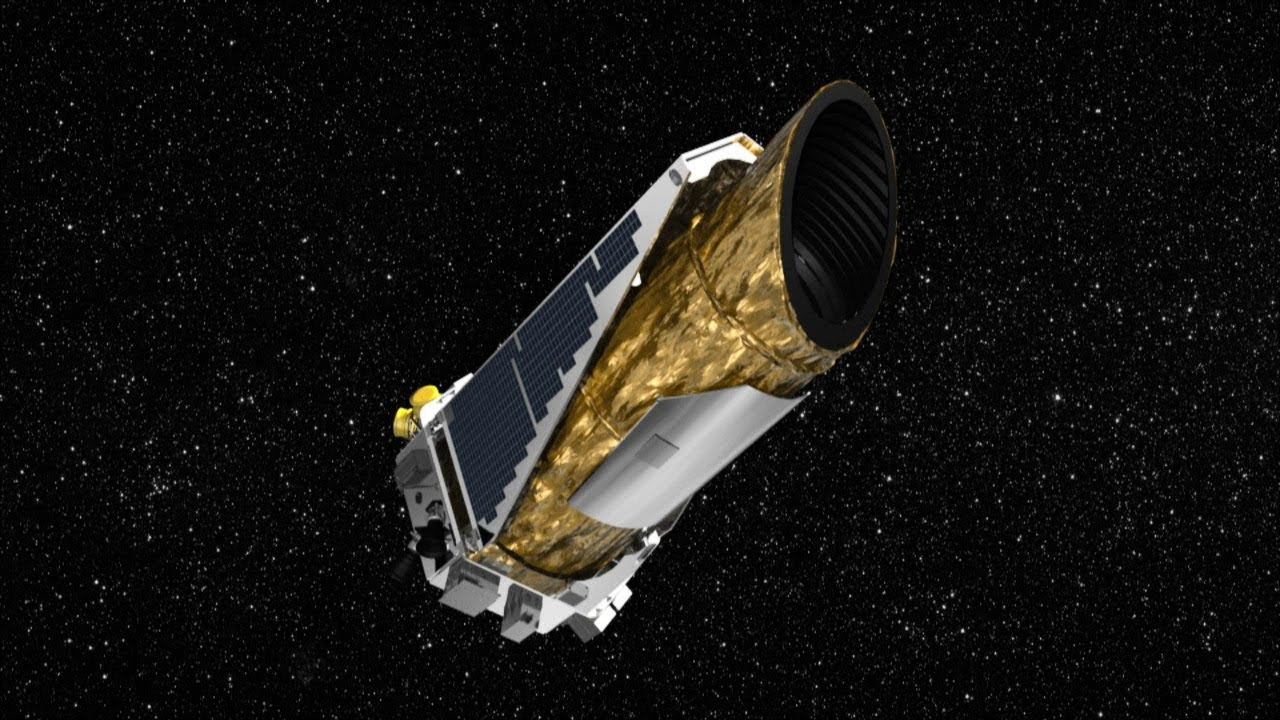Exploring Exoplanets: Hope for Life Beyond Earth
Table of Contents
I’ve always been fascinated by the mystery of what’s out there in the universe. Exoplanets, planets outside our solar system, have sparked my curiosity. They’re not just points of light in the sky, they’re worlds with potential for life.
What are exoplanets, how do scientists detect them, and why are they significant in our quest for finding extraterrestrial life?
So, if you’ve ever looked up at the night sky and wondered if we’re alone in the universe, stick around. This journey into the cosmos is sure to captivate your imagination.
What are Exoplanets?
In simple terms, exoplanets are planets that orbit stars outside our solar system. ‘Exo’ is a Greek prefix that means ‘outside’ while ‘planet’ captures the essence of what these celestial bodies are.
When I first learned about exoplanets, an overwhelming curiosity filled my mind. I wondered, how different are these exoplanets from the ones in our solar system? While the number of exoplanets discovered keeps increasing, each one presents unique qualities and characteristics. Some are gaseous giants larger than Jupiter, some are icy worlds reminiscent of Neptune, and some are rocky planets not too dissimilar to our Earth. The sheer variety is staggering and often leaves me in awe at the diversity in the cosmos.
Another fascinating fact about exoplanets is that they’re not just solitary spheres spinning aimlessly through space. Quite often, these planets are part of intricate stellar systems, much like our own solar system. You might’ve thought our orbital dances were unique, but in fact, they’re a universal norm! Exoplanets orbit their host stars in a harmonious cosmic ballet, similar to how Earth pirouettes around the Sun.
The universe has many secrets to unveil, and the study of exoplanets poses thrilling questions about our existence and place in the cosmos.
Methods of Detecting Exoplanets
When we talk about detecting distant worlds, there are quite a few methods at our disposal. Some of these are incredibly streamlined and established, while others are still in their infancy. Two methods stand out in the search for exoplanets that I want to highlight: transit photometry and radial velocity.
Transit Photometry

Transit photometry is an indirect method and relies on measuring the light from a star. When an exoplanet passes between its star and our observation point, it causes a slight dip in the star’s brightness. It’s this dip that transit photometry picks up on.
The beauty of this method is in its simplicity. With sophisticated equipment, we can detect these small variations in light intensity even from millions of light-years away. Bigger exoplanets cause bigger dips, and we measure how often this happens to estimate the planet’s size and orbit.
This technique has led to the discovery of thousands of exoplanets, including those in the TRAPPIST-1 system where seven Earth-sized planets orbit a single star.
Radial Velocity
Radial velocity is another indirect method but one that takes a different approach.
Radial velocity zeros in on the star itself. Large bodies with a gravitational pull, like exoplanets, cause the star they orbit to wobble slightly. This minute movement can be detected here on Earth, showing the presence of an exoplanet.
Again, the strength of this method lies in its simplicity and its ability to detect planets of various sizes and densities. Radial velocity has also proved successful in discovering a multitude of exoplanets to date.
With these techniques and more being developed, we’re pushing boundaries and enhancing our understanding of the universe. The data collected helps us not only discover these fascinating worlds but also analyze their atmospheres and speculate about the potential existence of life elsewhere.
Characteristics of Exoplanets
Exoplanets characteristics vary drastically, far beyond what’s found in our Solar System.
Their size ranges from Earth-sized to gas giants far larger than Jupiter. Many exoplanets, discovered by transit photometry and radial velocity, are “hot Jupiters”. These gaseous giants sit uncomfortably close to their host stars, boiling at temperatures that reach thousands of degrees. Their enormous size and proximity to their host star cause drastic fluctuations in starlight during transit, making them easier to detect.
The “Earth-like” ones are a hot topic within the scientific community. The criteria for an “Earth-like” designation center around the star’s size and temperature and the planet’s location within the habitable zone – a distance from a star where water can exist in liquid form. Speculations run wild over what these planets could hold – lush alien landscapes, foreign ecosystems, or prospectively intelligent life.
Different classes of exoplanets fetch their names from their placement. Close-in planets are “Hot Jupiters”, middle-distance planets are “Warm-Neptunes,” and the farthest are known as “Cold Terrestrials.” These classes bring about different atmospheres and potential conditions. For example, a Warm-Neptune might host an atmosphere thick with volatile compounds.
Continuing our quest into exoplanet research, parameters like atmosphere composition, temperature, planet size, and location come into focus. They provide distinct stories of cosmic concoctions, gravitational quirks, and climatic extremes, opening doors to analyze and speculate potential life forms.
Habitable Exoplanets
These celestial bodies, often compared to Earth due to their potential to harbor life, occupy the notorious “Goldilocks Zone”.

This zone is indeed the crux of our search for life beyond our home planet. Exoplanets residing in this zone are neither too hot nor too cold and have the potential to possess liquid water – a key ingredient for life as we know it.
We’ve discovered a number of these possible second Earths, and each new discovery sparks a surge in speculation. Could life exist there? What might that life look like? These questions have us eagerly studying and exploring astrophysical possibilities.
Kepler-22b or “Earth’s cousin”, as I prefer to call it, is one such exoplanet. Orbiting its star in the Goldilocks zone, it’s roughly 2.4 times the size of Earth, making it a “super-Earth”. But size isn’t the only thing it’s got going for it.
Why? Let’s break it down:
- It has a year of about 290 Earth days
- Its star is slightly smaller and cooler than our sun
- The average surface temperature could potentially support liquid water
Another remarkable potentially habitable exoplanet is Proxima Centauri b. Located in the nearest star system to ours, it’s not much larger than our own Earth and finds itself comfortably nestled within the habitable zone of its host star. The interest it generates is immense.
The discovery of these and other habitable exoplanets continue to fuel our quest for extraterrestrial life. It ignites scientific curiosity to explore the conditions that could allow such potential and outlines the profound implications of what it may mean for humanity. The hunt for life in the vast wonder of space is a tantalizing journey. The more we explore, the closer we get to understanding.
The Search for Extraterrestrial Life
The quest to discover extraterrestrial life is perhaps the most enticing aspect of space exploration. Exoplanets within the Goldilocks Zone offer an exciting possibility – the existence of life beyond Earth. After all, it’s not just about finding new worlds, it’s about discovering companions in the universe.
The Kepler Space Telescope and TESS (Transiting Exoplanet Survey Satellite) have made significant contributions to the field, unearthing thousands of exoplanets. With sophisticated tools and growing technological prowess, we’re honing our capabilities. We are not just finding planets – we’re filtering them, searching for those with definitive liquid water or Earth-like conditions.

What drives this relentless pursuit? It’s simple. Exoplanets such as Kepler-22b and Proxima Centauri b, both potentially habitable, provide glimmers of hope. Their existence stimulates the notion that we are not alone. These planets, however inhospitable they may seem, could hold the key to understanding the universe’s capability to harbor life.
The search for extraterrestrial life isn’t confined only to potentially habitable exoplanets. Astounding research is revealing the potential of life surviving in extreme conditions, making worlds like Mars, Europa, Enceladus, or even Venus, promising. Their study could hold the answers, offering clues through Earth’s telescope lens.
As astrobiologists and astronomers combine their intellect, our knowledge about life’s possibilities in the universe is bound to expand. This journey of discovery, reaching into the depths of the cosmos, is not just distinctive – it’s thrilling. The potential to discover life beyond Earth, in whatever form, continues to fuel the eternal human curiosity about our place in the universe. That’s what makes our quest for understanding life on other planets, so uniquely fascinating.
Conclusion
The search for life beyond Earth is a thrilling journey that’s far from over. We’ve explored the fascinating world of exoplanets, from hot Jupiters to Earth-like worlds nestled in the Goldilocks Zone. Discoveries like Kepler-22b and Proxima Centauri b have given us a glimmer of hope, nudging us closer to the possibility of extraterrestrial life.
The Kepler Space Telescope and TESS have been instrumental in unearthing these cosmic wonders, providing invaluable insights into the universe’s potential habitability. The quest doesn’t stop at exoplanets. We’re also probing extreme conditions on celestial bodies like Mars and Europa.
Through the tireless work of astrobiologists and astronomers, we’re expanding our understanding of what life could be in the universe. As we continue to uncover the mysteries of the cosmos, we’re reminded of our place in it. The potential for life on exoplanets fuels our curiosity and reaffirms that we might not be alone in this vast universe.






